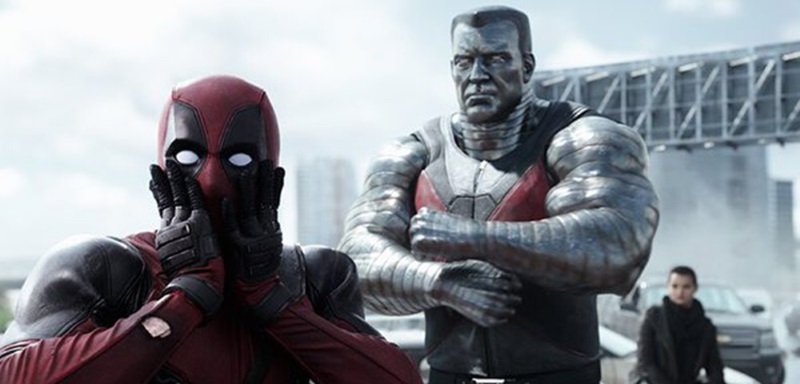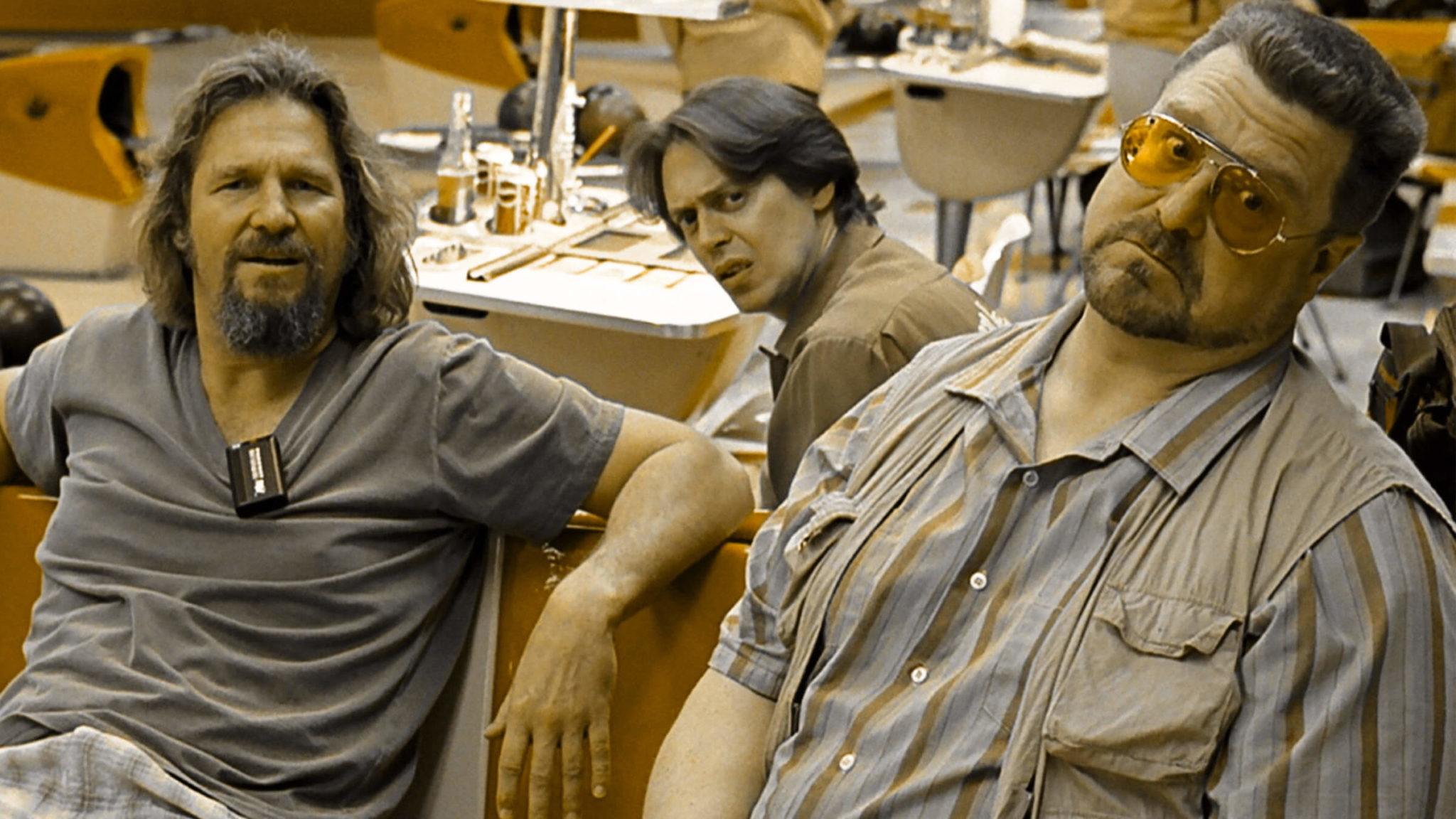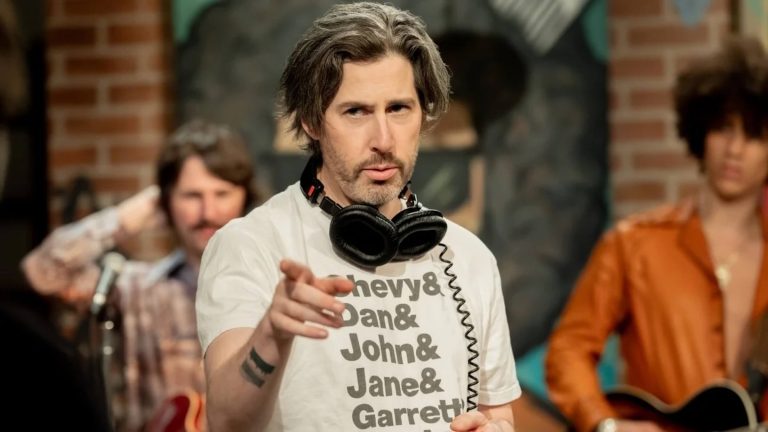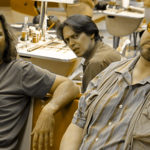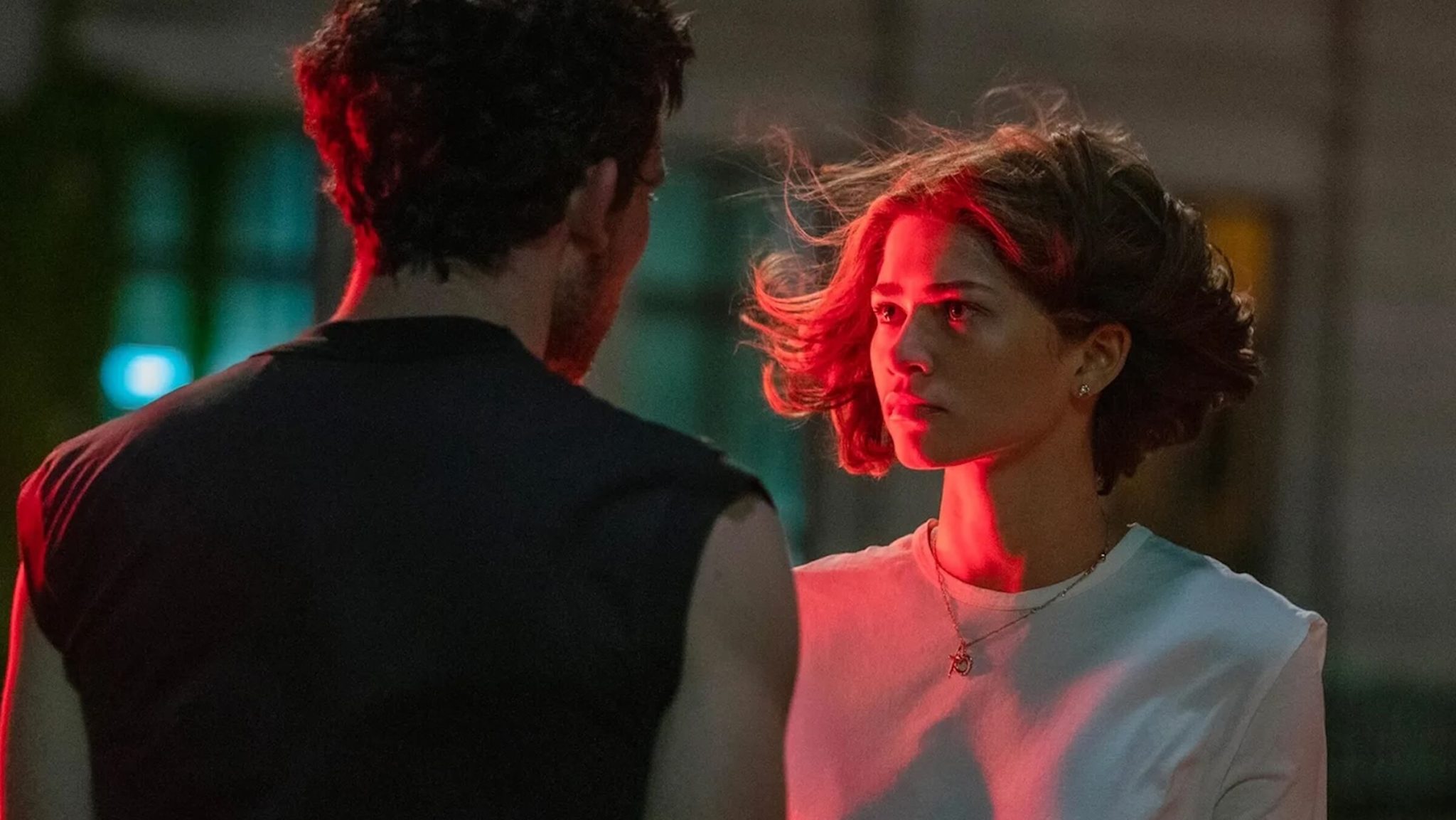4 Reasons Why Screenwriters Should Break the Fourth Wall
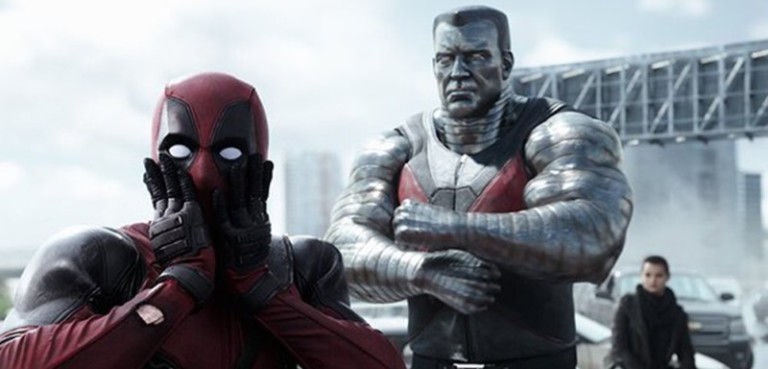
Breaking the fourth wall is a centuries old dramatic technique in works of fiction where characters display an awareness that they are in such a work.
The actual term originated from the theatre in the 1800s, where box sets were constructed with three physical walls that could be manipulated for any production needs, with the fourth wall being the imaginary wall between the stage and the audience. When certain plays had characters addressing the audience directly, they were breaking the fourth wall.
Read More: What Does Breaking the Fourth Wall Mean?
This technique is one of the most unique tools utilized in film, television, and theatre today. It creates a moment that connects directly with the audience on a more personal level, allowing them to become something beyond just a mere observer. However, when used incorrectly, it can also be a gimmick that falls flat and slows down any possible momentum that the story has going for it.
We’ve recently seen the return of this technique — in particular with two hit films and one hit television series.
Deadpool has gone on to become the most successful R-rated film — globally thus far — of all time, and it did so primarily by use of breaking that fourth wall. Something no other superhero movie has ever done.
The Oscar-nominated The Big Short broke the fourth wall multiple times as well, stopping the story mid-stride to address the audience.
Kevin Spacey’s now iconic character Frank Underwood in House of Cards often breaks the fourth wall by allowing Underwood to address the audience with various inner thoughts that he shares directly with us, the audience.
With three hit projects breaking that fourth wall, Hollywood can surely expect to be bombarded by multiple spec scripts from up-and-coming screenwriters — as well as established ones — that attempt to emulate such a recent successful trend. Yes, it’s sure to become a trend in screenwriting.
The excellent Youtube Channel Now You See It video essay How to Break the Fourth Wall showcases the best practices for utilizing this unique technique. We take those four best practices and elaborate on them.
If you, the screenwriter, are considering breaking the fourth wall in any way, shape, or form in your scripts, here are the four ways that the technique is used best.
1. Comedy
Comedy is the primary genre that breaks the fourth wall most often. The technique is often utilized somewhat sparingly, which is wise as it creates more of an impact as a surprise effect. Yes, Deadpool managed to utilize it for comedic purposes seemingly every few minutes of screen time, however, the film itself was unique in embracing that concept full force. Lightning in a bottle is difficult to capture, so don’t expect as much success in breaking that fourth wall to that degree within your scripts unless you find a different type of approach.
In order for the comedy of breaking the fourth wall to work, jokes have to step out of the film to deliver the punchline. Case in point, the hilarious product placement scenes from Wayne’s World.
The scene is stopped and the characters are delivering the tongue-in-cheek joke directly to the audience — outside of the storyline.
The technique is used poorly and isn’t enough when characters merely address the camera with a wink and a smile.
So if you’re going to use it for comedy, make sure that you’re making the most of the technique by truly stepping out of the story with a worthy joke to tell.
2. Intimacy with the Characters
Breaking the fourth wall is an interesting way to get audiences to connect with characters. Whether if it’s in a drama or comedy, when a character stops to address the audience, a connection is made. Part of it is the psychological boost of having a movie star seemingly address you personally. Despite the fact that you know there is an audience around you in movie theaters, those big eyes on that big screen feel like they are staring directly at you. The other aspect is the most important, at least from a storytelling perspective. When a character addresses the audience, there’s an intimacy there. A connection. It pulls the audience into the film. It allows them to feel as if they’re in on the drama, the action, and the hi-jinks. Another reason why Deadpool was so successful. Have audiences ever been given the chance to get to know a superhero so intimately?
Ferris Bueller became one of the most likable characters in fictional history, largely in due part to this technique.
In the opening of Ferris Bueller’s Day Off, the story begins like most others. The characters and concept are introduced. But watch how drastically the tone of the film shifts during the very last moment of this scene.
No matter how many times you’ve seen this film — and it’s in the multiple dozens for me — there is still that burst of energy when Ferris turns to the camera and invites us in on the fun. And this is continued throughout the film.
And even in the closing moments of one of the greatest end credit sequences we’ve seen.
We know Ferris. Not because the plot took him through some hilarious and dramatic twists and turns, but because he looked directly at us and shared his thoughts and feelings.
3. Information and Exposition
The Big Short was a screenplay and film that consisted of endless barrages of economic terms and situations that most of the general audience would never fully understand — especially within the confines of a two-hour film. Yet the point of the whole film is to showcase how and why America — and the rest of the world in the aftermath — suffered through the financial disaster of 2008.
So how can the screenwriters and filmmakers convey such a difficult message? By breaking the fourth wall.
The film utilized Ryan Gosling’s character as a narrator, often speaking directly to the camera, as well as a few creative and surprising cameos like the above. This was a creative way to share difficult but necessary information without having to water it down too much.
It’s a unique way to offer exposition as well. Normally, bad exposition is dropped into dialogue and immediately halts the momentum of the story. But when the script breaks the fourth wall, it can jumpstart the audience enough to forgive the information drop.
Martin Scorsese’s Goodfellas gave us one of the more surprising instances of breaking the fourth wall. The film is narrated by its lead character Henry, played by Ray Liotta. The end of the film has Henry narrating the aftermath of the events we saw unfold. It’s a lot of information. Scorsese and the writers made the brilliant choice to break that narrative up by breaking that fourth wall and having Liotta, as his character Henry, take over the exposition drop by speaking directly to the audience. This moment also offers the aforementioned intimacy to the character we had been rooting for.
Scorsese utilized this technique most recently in his film The Wolf of Wall Street.
Breaking the fourth wall is a creative way to handle difficult situations during the writing and filmmaking process as information needs to be shared and exposition needs to be explained. Pair that with stylistic reasons, as Scorsese has showcased, and this technique could solve some problems and make your script stand out at the same time.
4. To Unsettle the Audience
This technique is used in a far different manner than the above three points. Breaking the fourth wall by having a character within a horror movie or psychological thriller staring directly at the audience creates an unsettling moment, thereby both bringing the audience into the horrifying movie or cinematic situation at hand and bringing those foreboding and scary characters into the theaters and our living rooms.
For years, screenwriters have been told to avoid gimmicks. When used poorly, breaking the fourth wall can surely become a regretful gimmick that takes audiences out of the story. However, recent success with the technique has proven that there is a place for this technique. It can shine in the comedy genre. It can bring audiences closer to the characters. It can deliver the information and exposition audiences need in a creative and stylistic way. And it can unsettle audiences, therefore giving them the thrill they seek as they watch those horror films and psychological thrillers.
Breaking the fourth wall is only a gimmick when used poorly. If you find a creative way to utilize it, it becomes a technique that can make your script stand apart. That said, you must choose your usage of it wisely. Because of the recent success of the aforementioned films and television shows that have used it, it's sure to become a Hollywood trend in the coming months. Feel free to jump on the bandwagon, but do so wisely enough where you're not just becoming a copycat, rather, you're attempting to innovate a proven trend.
Tags
Get Our Screenwriting Newsletter!
Get weekly writing inspiration delivered to your inbox - including industry news, popular articles, and more!


